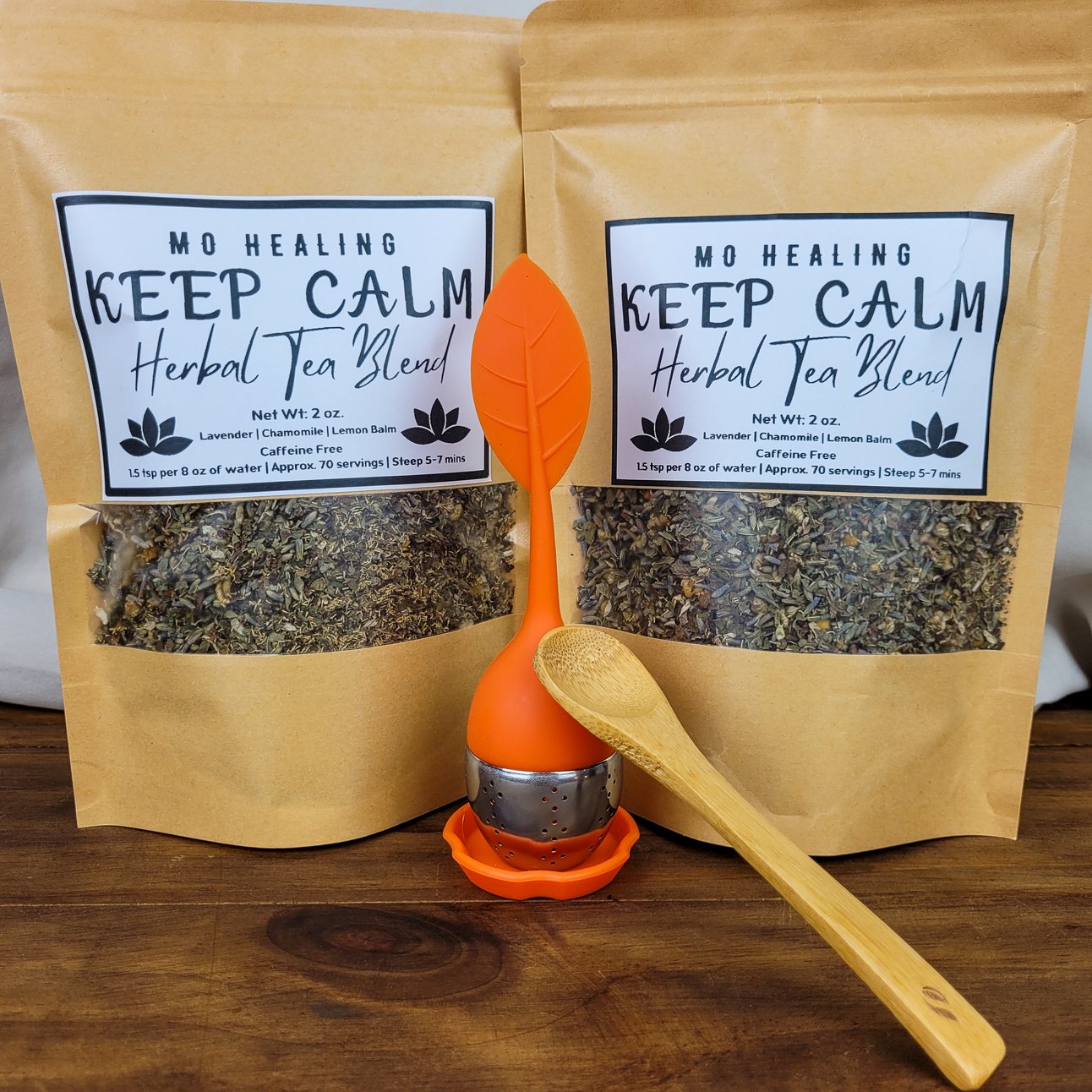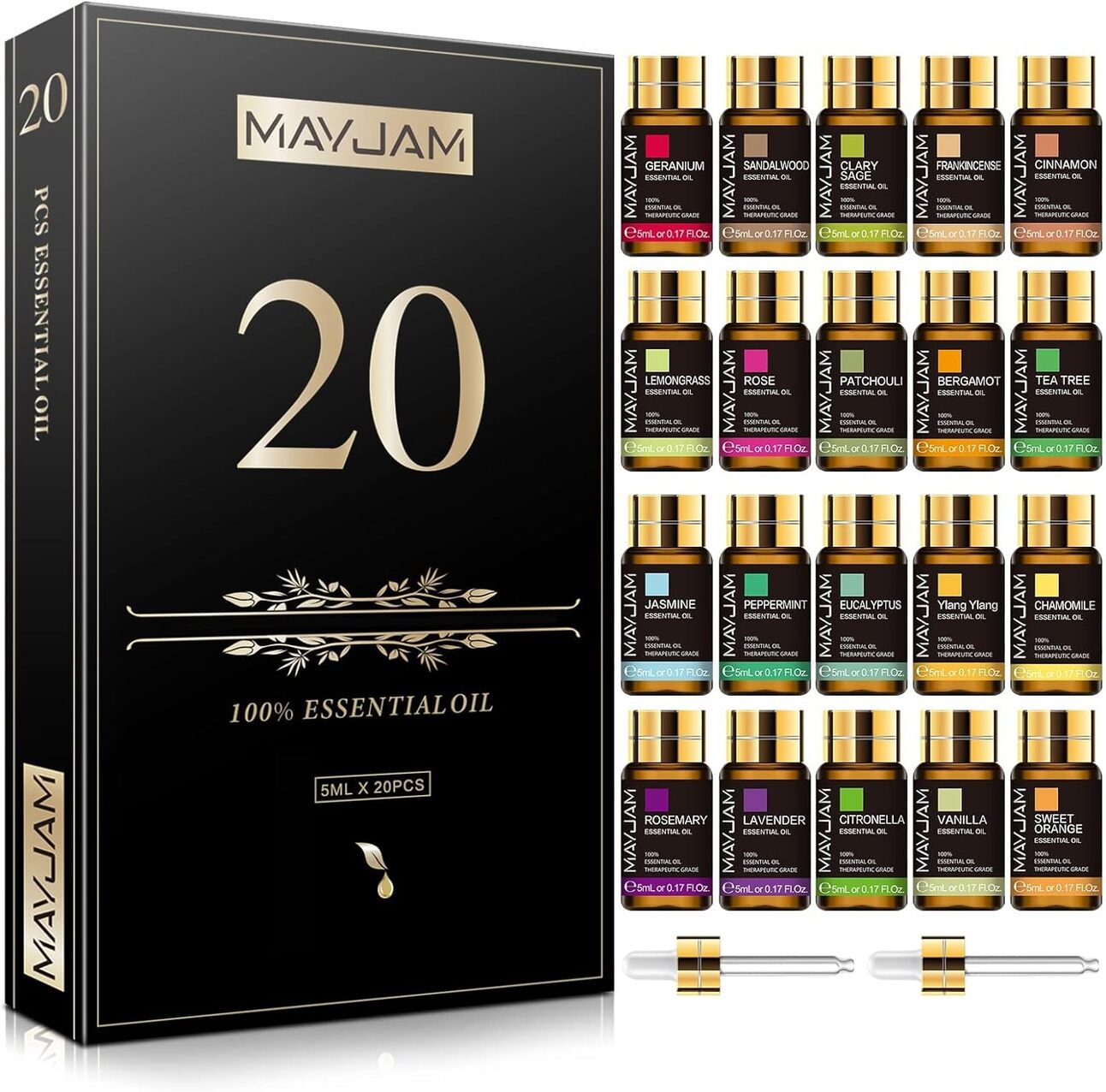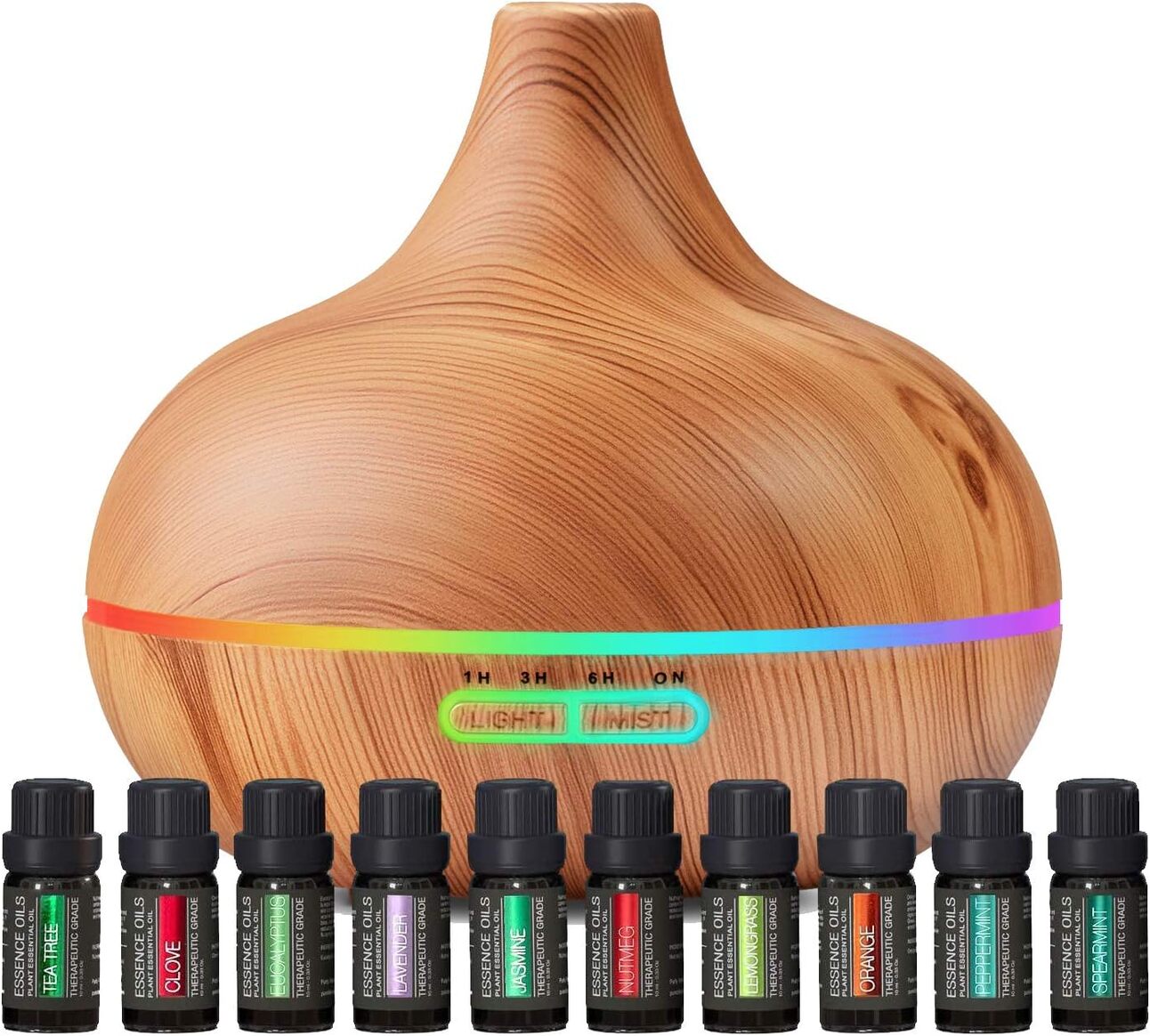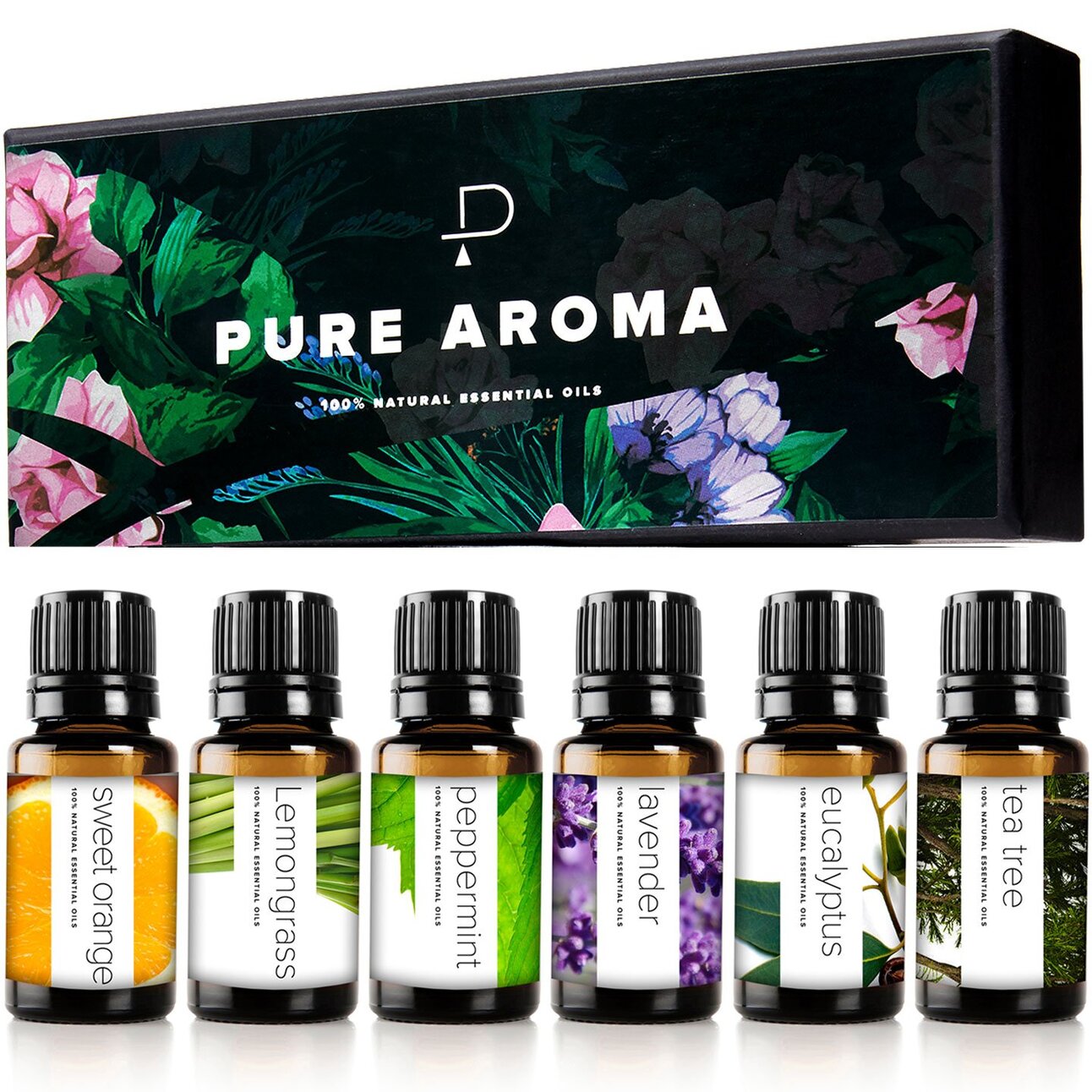- Mo's Healing Hub
- Posts
- Essential Oils for Aromatherapy and Healing
Essential Oils for Aromatherapy and Healing
Unveiling the Magic

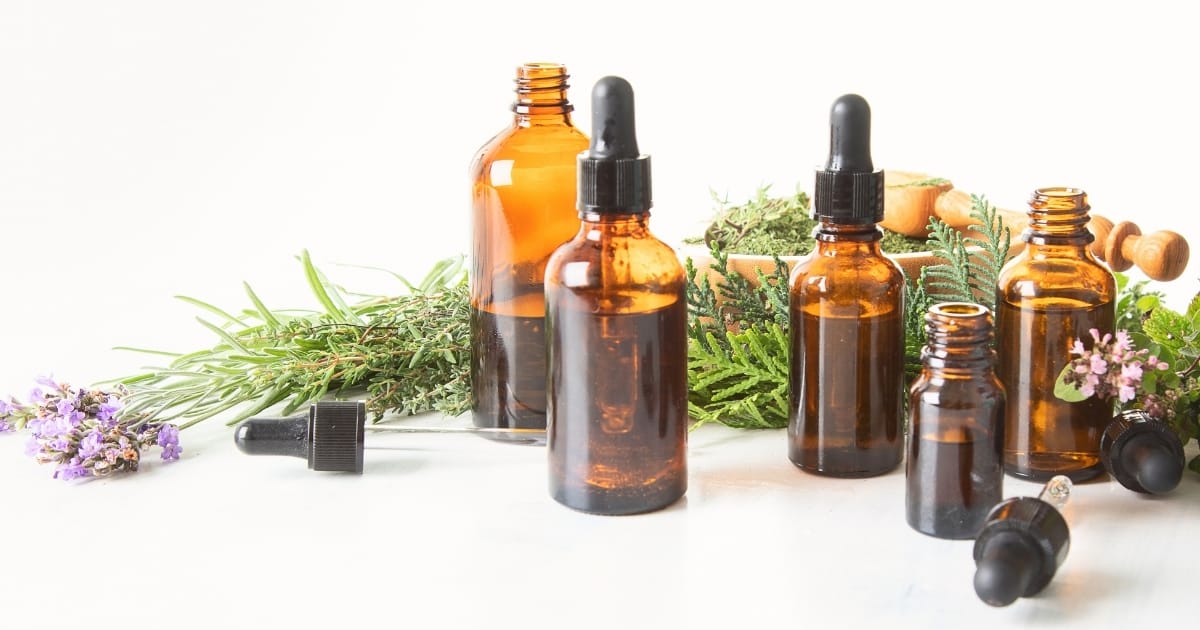
We're about to turn up the volume on our holistic well-being journey, and this time, it's all about unlocking the potent magic of essential oils! Get ready to explore how these precious elixirs can not only soothe your senses but also contribute to your overall well-being.
Essential Oils 101
Back to Basics
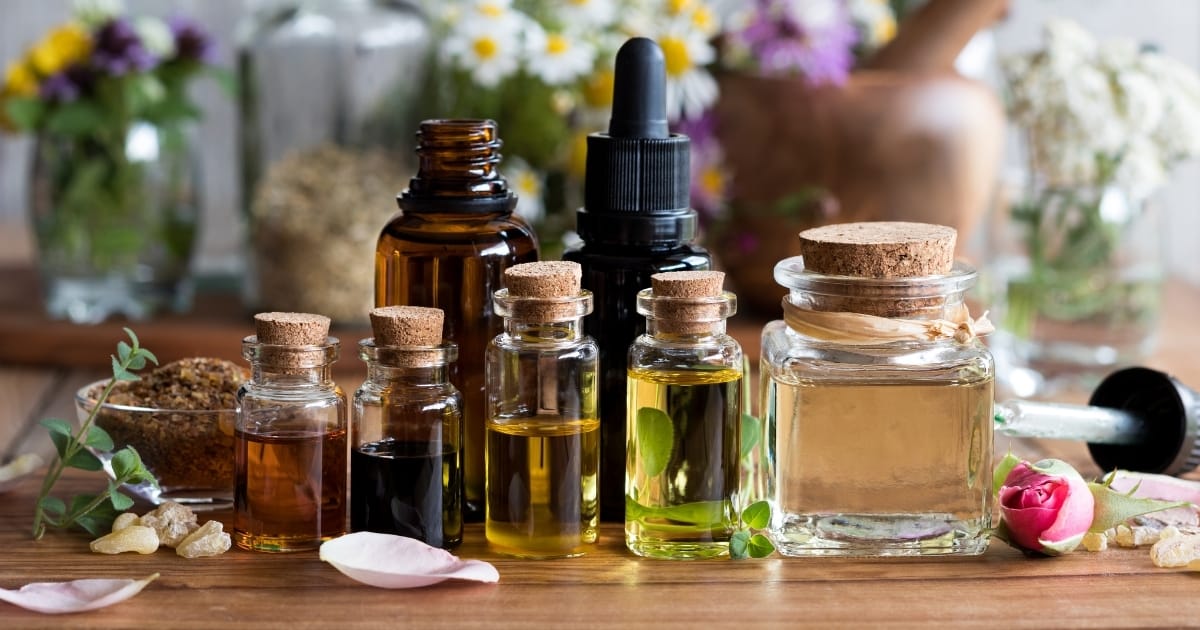
Ever wonder what makes these oils so essential? It's all about capturing the essence of plants. Picture this: tiny droplets packed with the unique aroma and therapeutic properties of lavender, eucalyptus, tea tree, and more. It's like nature's perfume collection, with each bottle holding the potential for countless benefits.
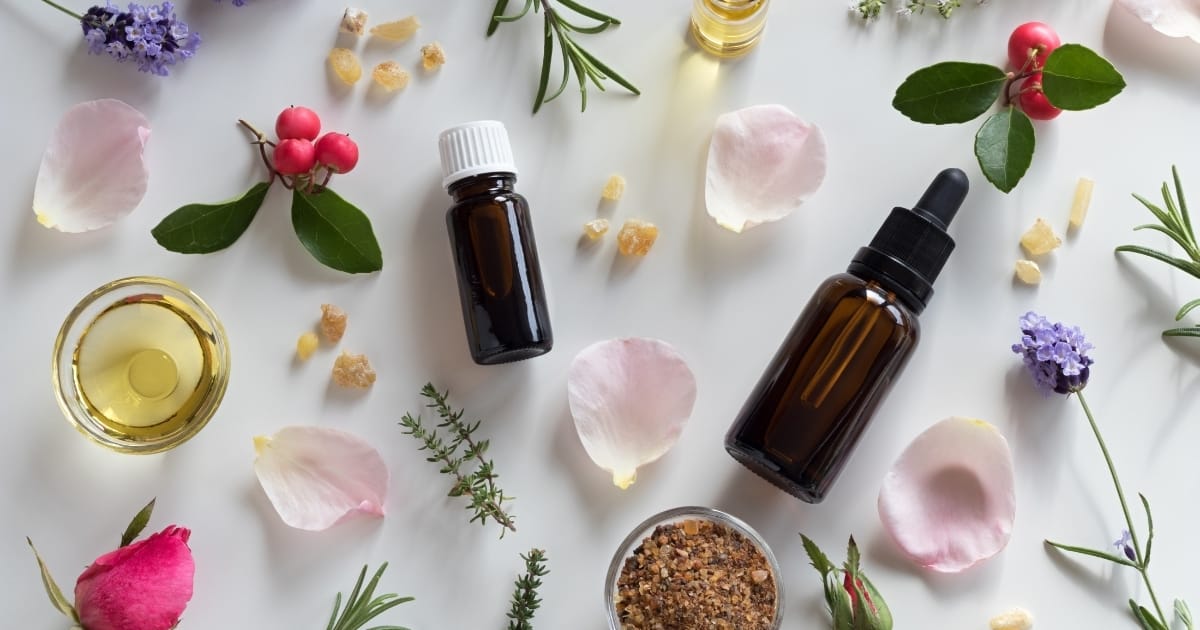
But how do we get these potent drops? Enter the extraction methods! From steam distillation, where steam helps release the aromatic compounds, to cold pressing, a technique often used for citrus oils, the process is as fascinating as the oils themselves.
Aromatherapy
Beyond Just Good Smells
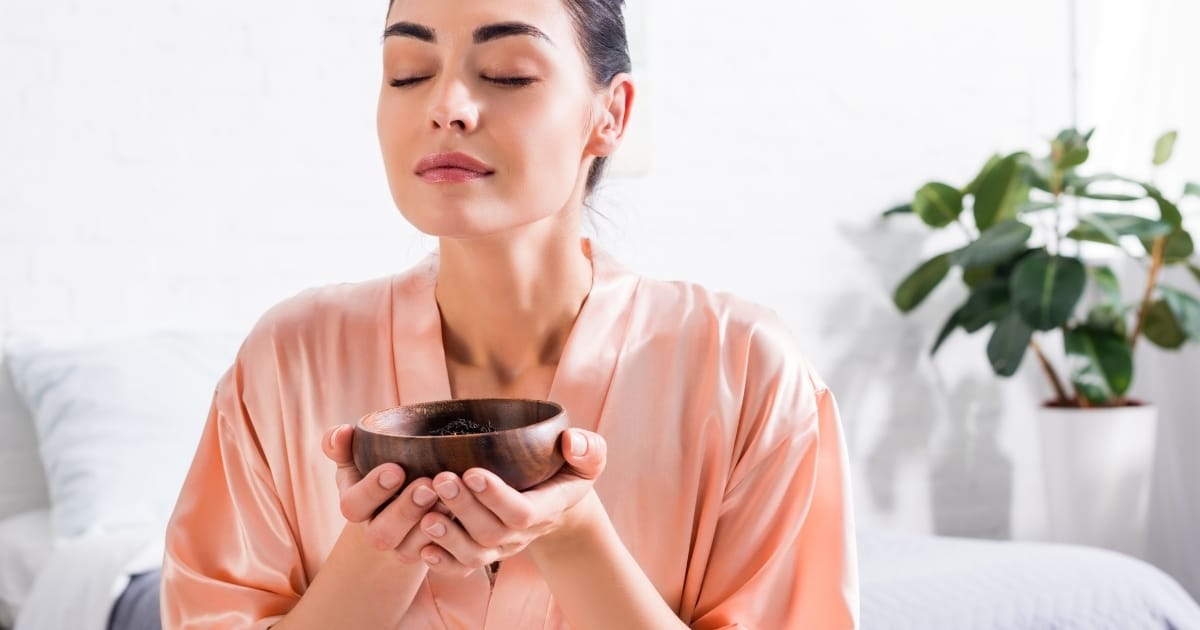
Now, let's talk aromatherapy. It's not just about making things smell nice, it's a holistic approach to well-being. The aromatic compounds in essential oils interact with the limbic system in our brains, which is responsible for emotions and memories. That's why a whiff of lavender can transport you to a calm, serene place.
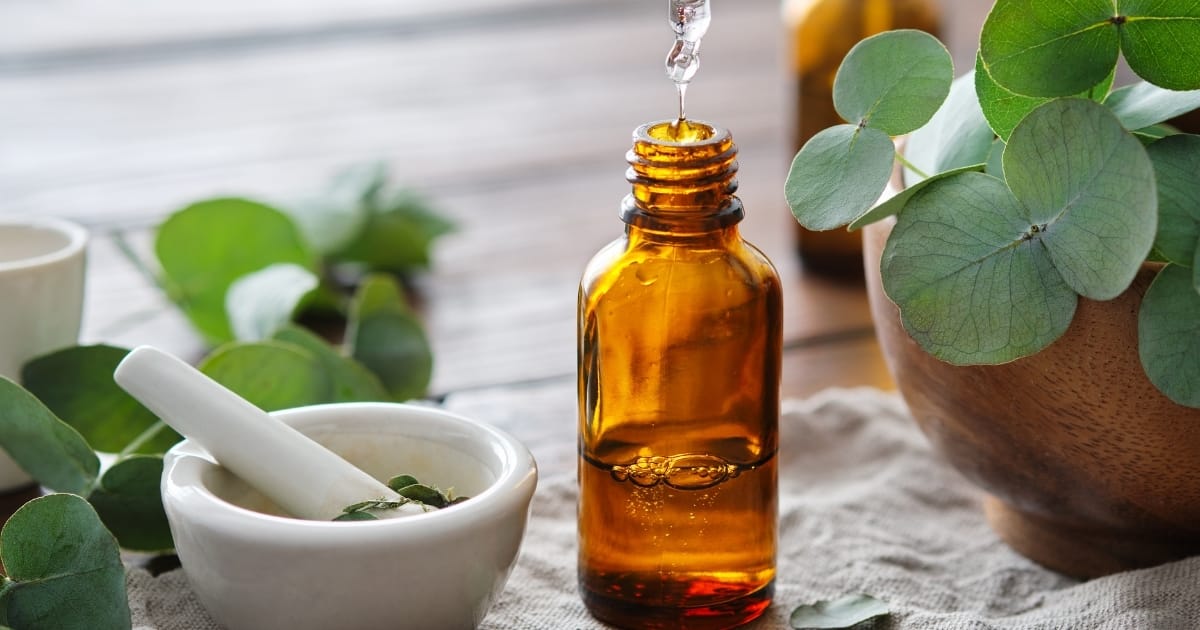
Curious about application methods? Whether it's through inhalation, topical application, or even adding a few drops to your bath, aromatherapy can seamlessly fit into your daily routine.
Imagine turning your shower into a spa-like experience with a few drops of eucalyptus oil—talk about a game-changer!
Healing Vibes
What's in Your Bottle?

Stressed out or battling anxiety? Let's introduce your new allies. Lavender, chamomile, and frankincense are like the Avengers of relaxation.
Here’s a break down of their calming properties:
Lavender: The Soothing All-Rounder
Key Components: Linalool and linalyl acetate.
Calming Properties:
Relaxation: Eases tension and promotes calm.
Sleep Aid: Enhances sleep quality.
Stress Buster: Reduces stress and soothes mind and body.
Chamomile: The Gentle Serenity
Key Components: Bisabolol and chamazulene.
Calming Properties:
Anxiety Alleviation: Brings tranquility during stressful moments.
Sleep Support: Promotes restful sleep.
Mood Enhancement: Provides a comforting mood boost.
Frankincense: The Sacred Calm
Key Components: Boswellic acid, incensole, and more.
Calming Properties:
Grounding Energy: Creates a sense of inner peace.
Deep Relaxation: Induces a state of profound relaxation.
Spiritual Upliftment: Enhances spiritual experiences.
But it's not just about relaxation, it's also about elevating your mood and sharpening your focus. Need an energy boost? Citrus oils like lemon and orange might be your secret weapon.
Feeling a bit foggy-headed? Peppermint and rosemary could be your go-to for mental clarity.
DIY Blends
Crafting Your Own Aromatic Symphony
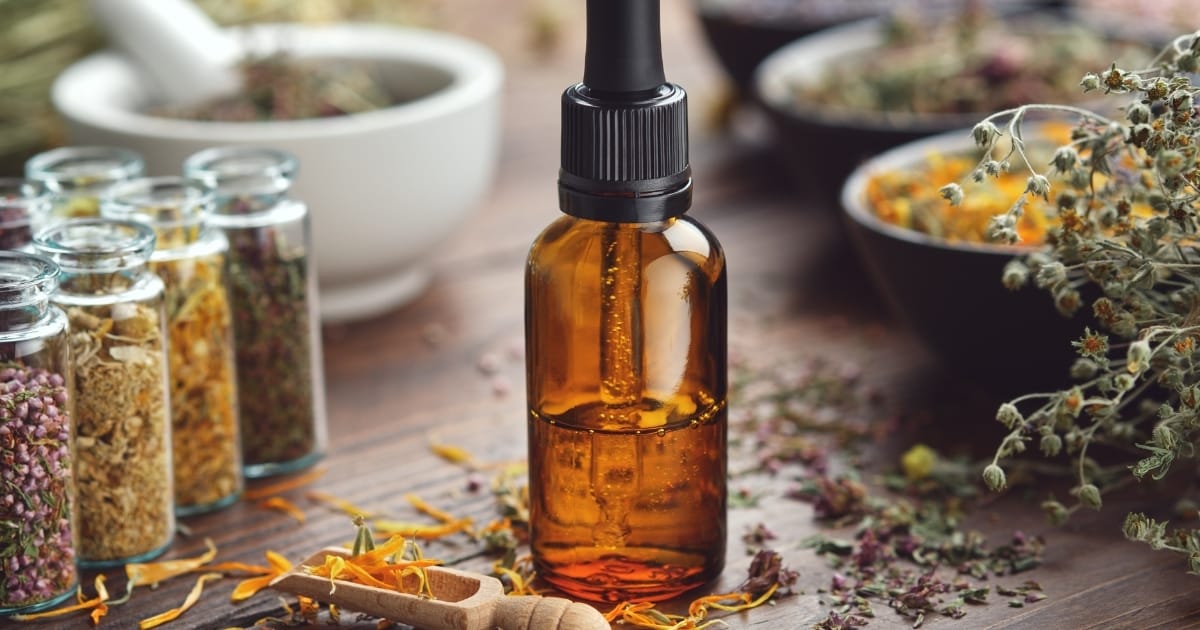
Alright, let's talk about the fun part—creating your very own essential oil blends! There's absolutely no pressure to be a master mixologist from the get-go. Let's take it one drop at a time.
Choosing Your Oils: Start by selecting oils that resonate with you. Whether it's the calming notes of lavender, the invigorating scent of peppermint, or the earthy aroma of cedarwood, your blend should reflect your preferences and intentions.
Consider the therapeutic properties of each oil—some are great for relaxation, while others excel in boosting energy.
Blending Ratios: Now, let's talk ratios. The key here is balance. For a beginner-friendly blend, start with a base note, add a middle note, and finish with a top note. Here's a quick breakdown:
Base Note (10-30%): These oils provide depth and stability to your blend. Think cedarwood, sandalwood, or patchouli.
Middle Note (30-50%): These oils act as the heart of your blend, balancing the overall aroma. Consider lavender, chamomile, or rosemary.
Top Note (20-40%): These oils are the first impression, offering a burst of fragrance. Citrus oils like lemon, bergamot, or uplifting peppermint work wonders here.
Safety First: Before you embark on your blending adventure, a quick reminder about safety. Essential oils are potent, so proper dilution is crucial. A general guideline is about 2-3% dilution for adults, meaning around 12-18 drops of essential oil per ounce of carrier oil. Always patch-test your blend on a small area of skin to ensure there are no adverse reactions.
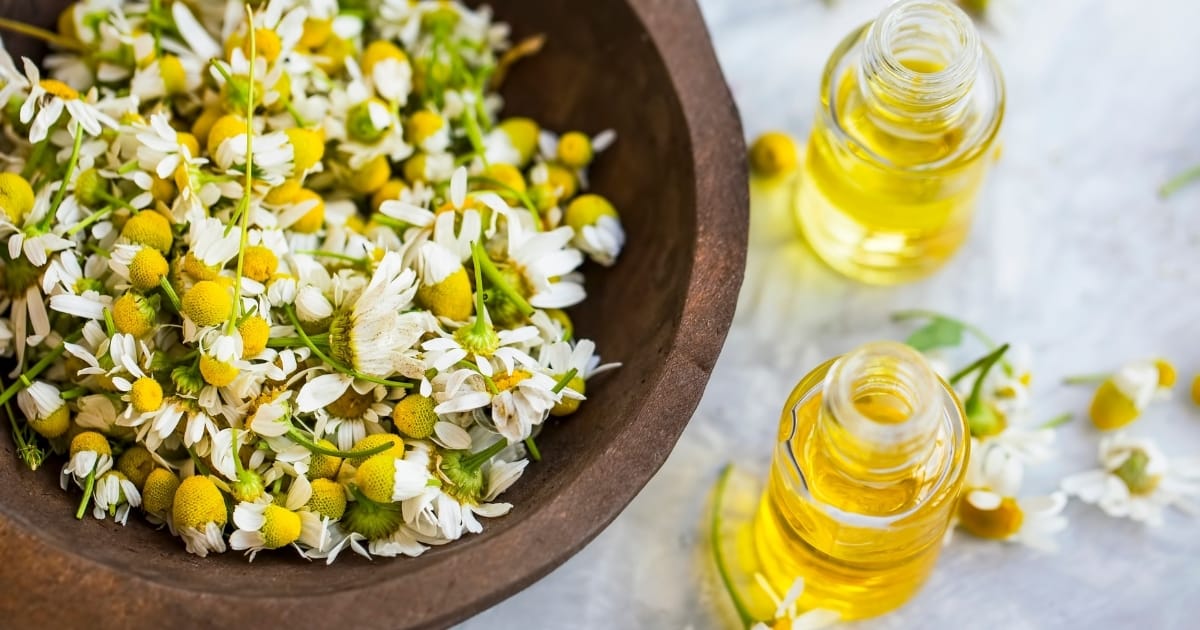
Simple DIY Blends to Get You Started:
Calm and Cozy Blend:
Lavender (Middle Note): 6 drops
Cedarwood (Base Note): 4 drops
Bergamot (Top Note): 3 drops
Energizing Citrus Boost:
Lemon (Top Note): 5 drops
Peppermint (Middle Note): 4 drops
Eucalyptus (Base Note): 4 drops
Sweet Dreams Pillow Mist:
Chamomile (Middle Note): 5 drops
Lavender (Base Note): 5 drops
Ylang Ylang (Top Note): 3 drops
Blending Techniques: Mixing oils is an art, and there's no one-size-fits-all approach. You can start with a small batch and adjust as needed. Experiment with different combinations until you find your signature scent. And don't forget to jot down your recipes!
So, there you have it—your DIY blending adventure awaits. Get creative, trust your nose, and enjoy the aromatic symphony you create.
Conclusion:
Sniff, Inhale, Exhale - You're on Your Way!
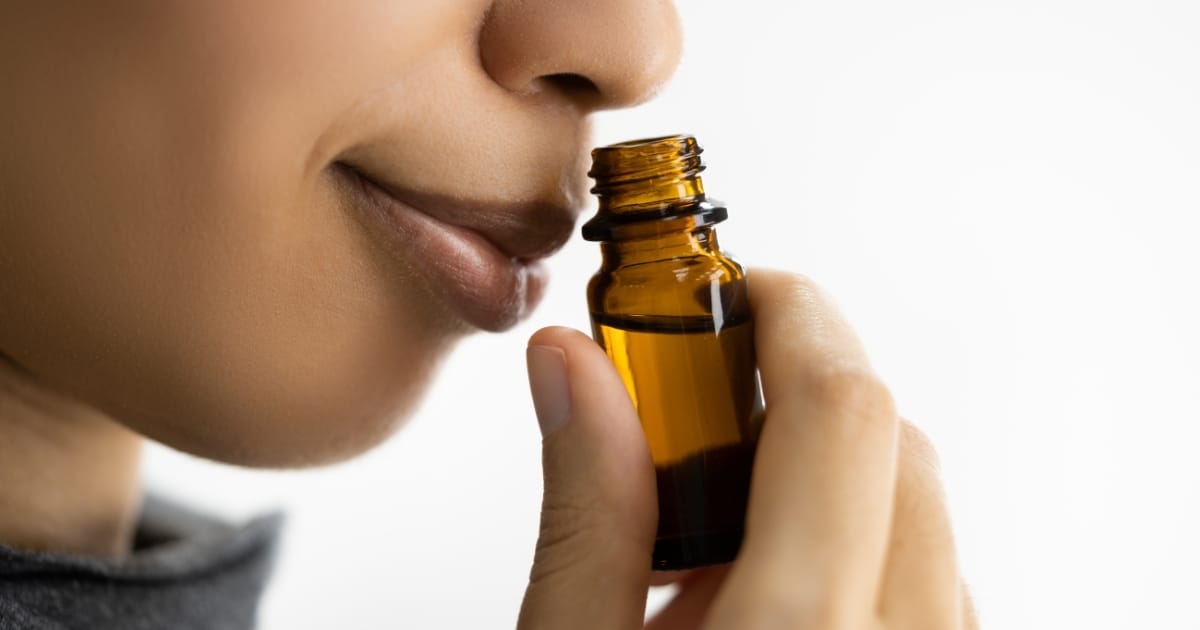
That was a little more in-depth look into the world of essential oils. Whether you're a seasoned enthusiast or a curious beginner, the journey is yours to enjoy.
Until next time, take a deep breath, exhale the stress, and let nature do its thing.
Be Happy. Stay Happy.
-Mo
Essential Oils from Amazon
As an Amazon affiliate, I earn from qualifying purchases.
